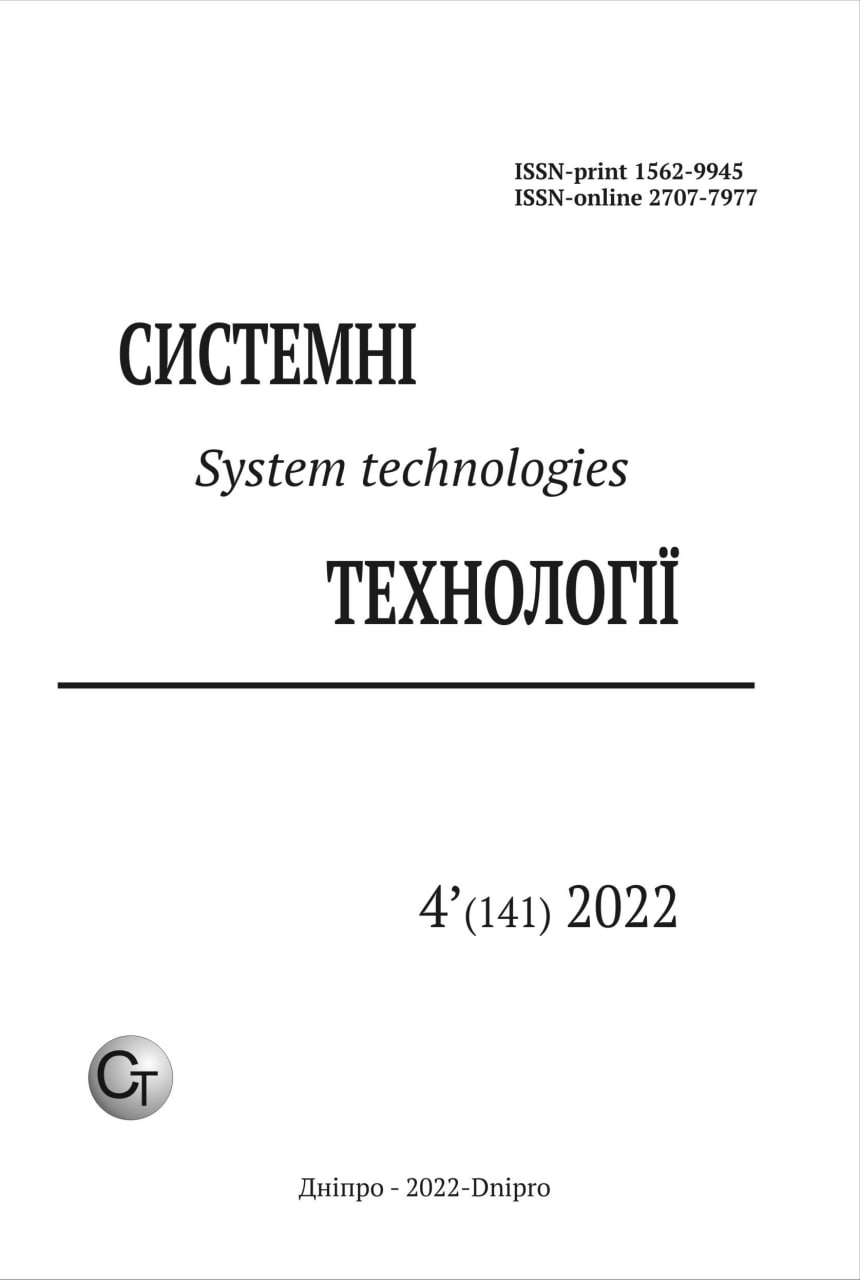Fuzzy type-2 in the task of increasing the reliability of image segmentation
DOI:
https://doi.org/10.34185/1562-9945-4-141-2022-06Keywords:
low-contrast images, fuzzy methods, visual analysis, membership function, segmentation, fuzzy sets of type-1, fuzzy sets of type-2Abstract
To study the macro- and microstructure of alloys, enlarged images of specially prepared samples are used, which leads to increasing of the noise component and de-fects contribution. This requires the usage of image correction techniques to ensure the accuracy of photometry. This paper describes the possibilities of increasing the reliabil-ity of image segmentation and the clarity of identifying the boundaries of objects of in-terest through the usage at the stage of fuzzification the membership functions of type-2. The presented algorithm contains 3 steps. On the first step initial image is prepro-cessed in the next way: at first, the brightness of the initial image is decreased propor-tionally on the base of the power transformation usage; after that background restora-tion and alignment process is performed; after the end of this process the brightness of obtained image is increased proportionally on the base of the power transformation us-age. On the second step of the proposed algorithm the image obtained after prepro-cessing is interpreted as membership function of type-1 and membership function of type-2 is calculated on the base of this image taking into account its brightness charac-teristics. On the last step of the proposed in this paper algorithm the output image is formed on the base of the membership function of type-2. During calculating of the out-put image, we are performing its contrast enhancement. This paper proposes different ways of calculating membership function of type-2 and forming of the resulting image and compares the obtained results. The proposed method of adaptive calculation of the parameters of the transition to the type-2 space provides increased reliability and clari-ty of detection of object boundaries. Experimental results are given on the example of a real image of an electron microscope of an iron alloy sample and show the effectiveness of the proposed approach.
References
Forsayt D., Pons ZH. Komp'yuternoye zreniye: sovremennyy podkhod Forsayt D., Pons ZH.; [per. s angl. A.V. Nazarenko, I. YU. Doroshenko]. – M.;– S.-P.; –K: Vil'-yams, 2004. – 926 s.2. Bezdek J. C. A Convergence Theorem for The Fuzzy ISODATA Clustering Algorithms / Bezdek J.C. // IEEE Transaction On Pattern Analysis And Machine Intelligence. – 1980. – Vol. 2, – № 1. – Р. 1-8.
Сhi Z. Fuzzy algorithms: With Applications to Image Processing and Pattern Recognition / Сhi Z., Yan H., Pham T. – Singapore; – New Jersey; – London; – Hong Kong: Word Scientific, 1998. – 225 p.
Akhmetshina L. G. Segmentatsiya mul'tispektral'nykh izobrazheniy na osnove metoda nechetkoy klasterizatsii / Akhmetshina L. G. // V sb. nauchnykh trudov NGAU. – 2000. – T. 1, – № 9. – S. 90-93.
Zadeh, L.A. The concept of a linguistic variable and its application to approximate reasoning—I. Inf. Sci. (1975), 8, 199–249.
F.C.H. Rhee, C. Hwang, A Type-2 fuzzy c means clustering algorithm, in: Proc. in Joint 9th IFSA World Congress and 20th NAFIPS International Conference 4, 2001, pp. 1926–1929.
Deepali Aneja, Tarun Kumar Rawat. Fuzzy Clustering Algorithms for Effective Medical Image SegmentationI.J. Intelligent Systems and Applications, 2013,
, 55-61
L. Akhmetshina, A. Yegorov. Improvement of Grayscale Images in Orthogonal Basis of the Type-2 Membership Function // CMIS-2021:The Fourth International Workshop on Computer Modeling and Intelligent Systems, April 27, 2021, Zaporizhzhia, pp.465-474.
Hamid R. Tizhoosh. Type II Fuzzy Image Segmentation
















